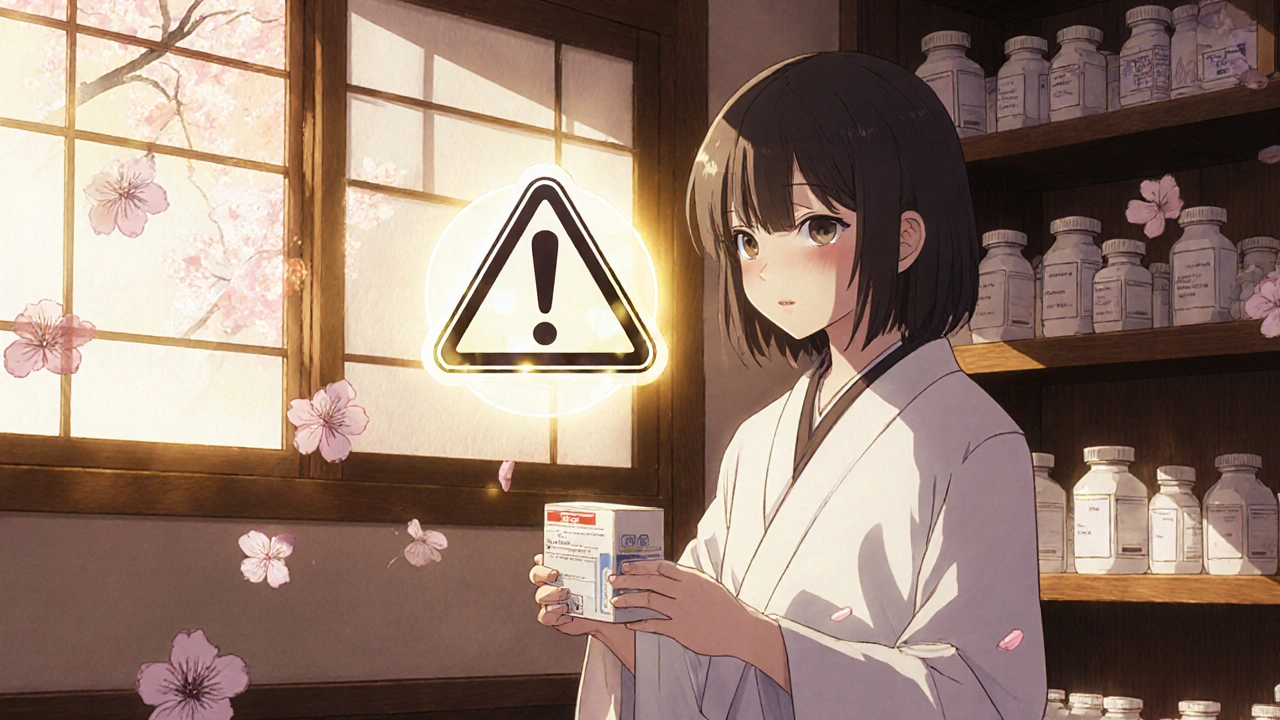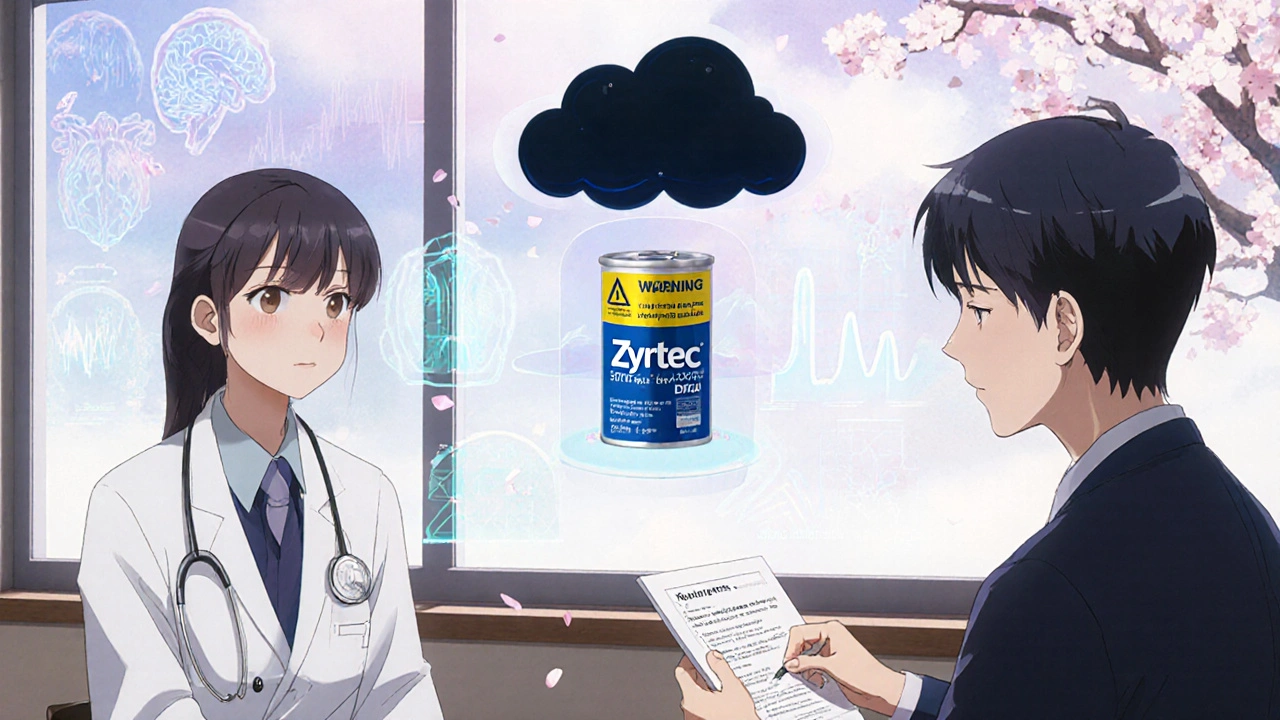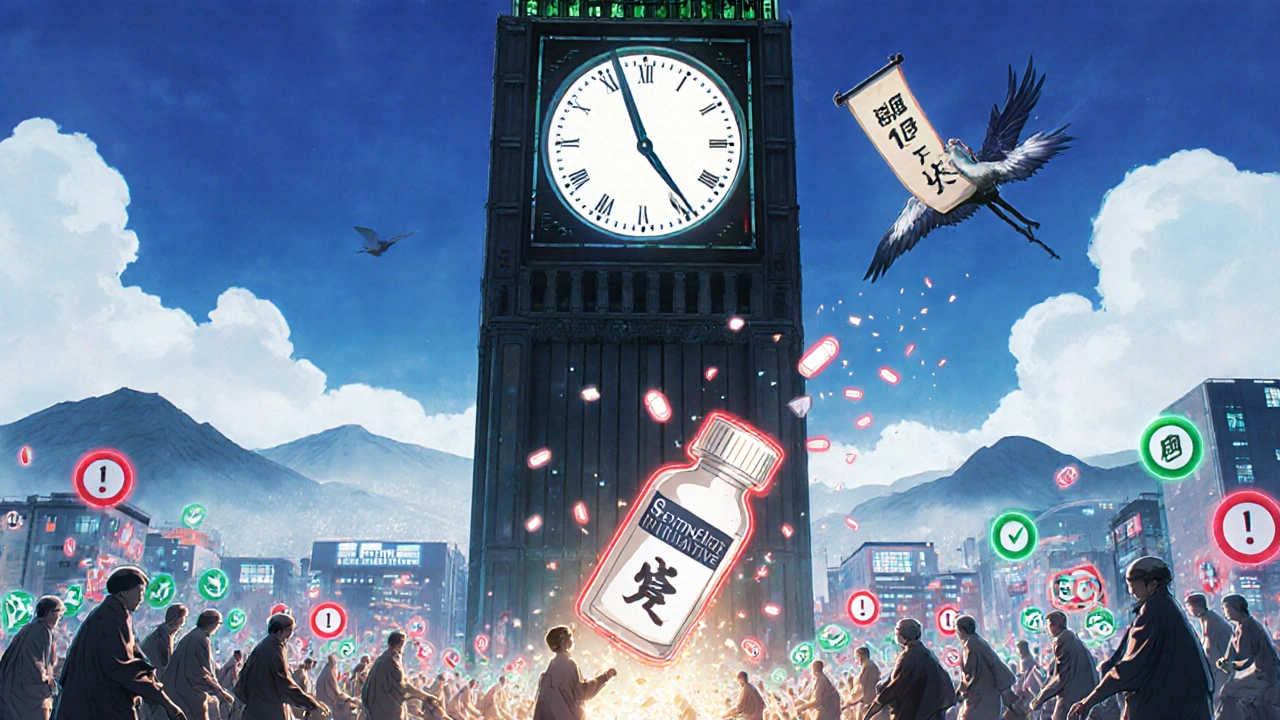Recent Drug Safety Communications and Medication Recalls: What You Need to Know in 2025

When you take a pill every day, you expect it to help - not hurt. But sometimes, medicines that were once thought safe reveal hidden risks after millions of people have used them. That’s where the drug safety system kicks in. In 2025, the U.S. Food and Drug Administration (FDA) issued more than 60 official safety alerts, each one a warning that could change how a medication is prescribed, used, or even pulled from shelves. These aren’t theoretical risks. These are real, data-backed concerns affecting hundreds of thousands of people right now.
What Exactly Is a Drug Safety Communication?
A Drug Safety Communication (DSC) is the FDA’s way of telling doctors and patients about new dangers tied to medicines that have already been approved. It’s not a pre-market review. It’s post-market surveillance - watching what happens when drugs are used in the real world, not just in controlled clinical trials. Clinical trials involve a few thousand people over months. Real life involves millions of people over years. And that’s where things show up: rare heart problems, unexpected weight loss, brain swelling, addiction patterns you never saw coming. The FDA doesn’t wait for a crisis. They use data from hospital records, patient reports, pharmacy databases, and clinical studies to spot patterns. When a signal gets strong enough - like a spike in heart inflammation after a certain vaccine or a cluster of brain scans showing damage from a new Alzheimer’s drug - they issue a DSC. These aren’t vague warnings. They’re detailed, technical, and legally binding. Manufacturers must update labels. Pharmacies must distribute new patient guides. Doctors must change how they talk to patients.The Big One: Opioid Labeling Changes in July 2025
The most significant safety update of 2025 came on July 31, when the FDA forced changes to the labels of all 46 opioid pain medications in the U.S. This wasn’t just a tweak. It was a full overhaul. For the first time, every opioid box now carries hard numbers: 1 in 12 patients who take these drugs for more than 90 days will develop an opioid use disorder. That’s not a guess. It’s based on two massive postmarketing studies involving over 1.2 million patients. The label now also warns about new risks: toxic leukoencephalopathy (a rare but deadly brain condition triggered by opioid overdose), interactions with gabapentinoids like Neurontin, and opioid-induced esophageal dysfunction - meaning swallowing can become painful or dangerous. And it mandates that doctors discuss the availability of naloxone, the overdose-reversal drug, with every patient prescribed long-term opioids. This change came after years of pressure. Critics say it’s still not enough. Dr. Andrew Kolodny’s research estimates that if the FDA had also capped prescriptions at 7 days for chronic non-cancer pain, 8,000 to 10,000 overdose deaths could have been prevented each year. But for many doctors, this is the first time they have real numbers to show patients. As one pain specialist in California put it: “Finally, I can say, ‘There’s a 1 in 12 chance this will change your life - and not for the better.’”Other Major Alerts in 2025
Not all alerts are about addiction. Some are about unexpected side effects in everyday medications. In May, the FDA warned about cetirizine and levocetirizine - the active ingredients in Zyrtec and Xyzal. New data showed a small but real increase in suicidal thoughts and behavior in children and teens using these common allergy drugs. The warning applies to all formulations, including generics. About 25 million people in the U.S. take these yearly. Parents are now being told to watch for mood changes, especially in the first few weeks of use. In June, the FDA updated warnings for extended-release ADHD stimulants like Adderall XR and Concerta. These drugs, used by 9.4 million children and teens, were linked to significant weight loss - especially in kids under 6. Doctors are now required to measure weight at the start of treatment and every three months after. If a child drops below the 5th percentile, the drug may need to be stopped. The mRNA COVID-19 vaccines also got a new warning in June. Data from over 120 million doses showed 1,195 cases of myocarditis per million second doses in males aged 12-29. That’s rare - but real. The FDA now advises doctors to monitor for chest pain, shortness of breath, or heart palpitations in the week after vaccination, especially in young men. The risk is still far lower than the risk of heart damage from a COVID infection itself, but the message is clear: be aware.
When the FDA Says “It’s Safe Now” - The Clozapine Case
Sometimes, the FDA doesn’t add restrictions. It removes them. In August 2025, the agency lifted the Risk Evaluation and Mitigation Strategy (REMS) for clozapine, an antipsychotic used for treatment-resistant schizophrenia. For over 30 years, patients had to get weekly blood tests to check for a rare but deadly drop in white blood cells. That requirement was put in place in the 1990s after dozens of deaths. But after reviewing 30 years of data from over 2 million patient-years of use, the FDA found the risk had dropped dramatically - to less than 1 in 10,000. New monitoring protocols and better lab tech made the old rules unnecessary. So they were scrapped. This is rare. It shows the system works both ways: not just to warn, but to relax restrictions when safety improves.What Patients and Doctors Should Do
If you’re on any of these medications, don’t panic. Don’t stop cold turkey. But do talk to your doctor. For opioids: Ask if your pain management plan still makes sense. Are there non-opioid options? Could you try a lower dose? Do you have naloxone at home? The FDA says doctors should re-evaluate opioid use every 3 months for stable patients - and every 1-4 weeks when starting. For ADHD meds: If you’re giving these to a child under 6, track their weight. Keep a log. If they’re losing weight fast, tell your provider. Don’t assume it’s just “growing pains.” For allergy meds: If your teen is on Zyrtec and suddenly seems withdrawn, irritable, or talks about hopelessness, don’t brush it off. Call their doctor. It could be the medication. For Alzheimer’s drugs like Leqembi: If you’re on it, you now need MRIs at 5 and 14 months. This isn’t optional. The drug can cause brain swelling or bleeding in up to 1 in 5 users. The MRI isn’t to scare you - it’s to catch problems early, when they’re still treatable.
The Bigger Picture: Why This Matters
The number of FDA drug safety alerts has jumped 45% since 2020. Why? Because we’re using more drugs, for longer, and in more complex combinations. We’re living longer with chronic conditions. And we’re collecting more data than ever. The FDA’s Sentinel Initiative now tracks health records from 300 million Americans. That’s 90% of the U.S. population. They’re using AI to spot patterns no human could catch - like a spike in kidney injury tied to a new diabetes drug, or a cluster of liver problems after a specific antibiotic combo. The pharmaceutical industry is responding. Companies are spending 28.5% more on post-market safety studies. The Opioid Postmarketing Consortium alone spent $187 million on the studies that led to the July 2025 labeling changes. This isn’t charity. It’s survival. If a drug turns out to be dangerous after launch, the lawsuits, reputational damage, and recalls can cost billions. But here’s the catch: doctors are overwhelmed. A survey in August 2025 found that 63% of primary care doctors say they don’t have enough time during appointments to explain these new warnings. And 41% don’t have easy access to non-opioid pain treatments - even though the FDA says they should be the first line of defense.What’s Next?
The FDA’s 2026-2030 plan says they want to issue safety alerts within 30 days of confirming a risk - down from the current 60-90 days. That means faster warnings. Faster recalls. Faster changes. They’re also pushing for mandatory real-world evidence for all drugs with black box warnings - the strongest safety alerts. That could mean drugmakers have to prove safety in real patients before they can even get a new version approved. The bottom line? Medicine isn’t static. A drug that’s safe today might carry new risks tomorrow. That’s not a failure of the system. It’s how it’s supposed to work. The system is catching up to reality - slowly, painfully, but with more data than ever before.Stay informed. Ask questions. Don’t assume a pill is safe just because it’s been on the market for years. Your health depends on it.
How do I know if my medication is affected by a recent FDA safety alert?
Check the FDA’s official Drug Safety Communications page, updated daily. You can search by drug name or condition. Your pharmacist can also check for you - they get automatic updates from the FDA. If your medication was affected, you’ll usually get a new Medication Guide in the box. If you don’t see one, ask for it. Don’t rely on memory or old labels.
Should I stop taking my medicine if I hear about a safety alert?
No. Stopping suddenly can be dangerous - especially for opioids, antidepressants, or seizure meds. Call your doctor first. They’ll help you weigh the risk of stopping versus the risk of continuing. For some drugs, like the ADHD stimulants linked to weight loss, the solution might be a dose change or switch - not quitting. For others, like the new Alzheimer’s drug Leqembi, the alert means you need an MRI, not a stoppage.
Are generic drugs affected by these safety alerts too?
Yes. If a brand-name drug gets a safety update, all generics containing the same active ingredient must follow suit. The FDA requires this. So if Zyrtec got a new warning about suicidal thoughts, so did every generic cetirizine product on the shelf. The label, the patient guide, the warnings - they’re all the same.
Why do some drugs get warnings and others don’t?
It’s not about how popular the drug is - it’s about the strength of the signal. If 10 people report a rare side effect, it might not mean anything. But if 100 people report it across different states, and lab tests show a pattern, the FDA investigates. Some drugs get flagged because they’re used by millions. Others get flagged because the side effect is life-threatening, even if it’s rare. It’s about risk, not volume.
Can I report a side effect myself?
Yes. The FDA’s MedWatch program lets patients and doctors report side effects online or by phone. Even if you’re not sure it’s related to the drug, report it. The more data they get, the faster they can spot patterns. You don’t need a doctor’s note. Just describe what happened, when, and what you were taking. Your report could help prevent someone else’s harm.
Do these alerts mean the FDA is being more cautious now?
It’s not about being more cautious - it’s about being more informed. We have better tools now: electronic health records, AI analysis, real-time data from hundreds of millions of patients. The FDA didn’t change. The world changed. We’re just seeing more clearly now what drugs do over time. That’s progress - not panic.
